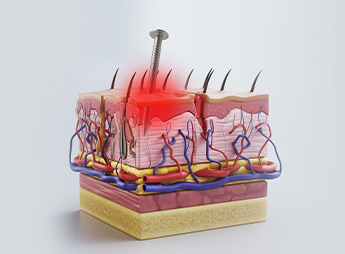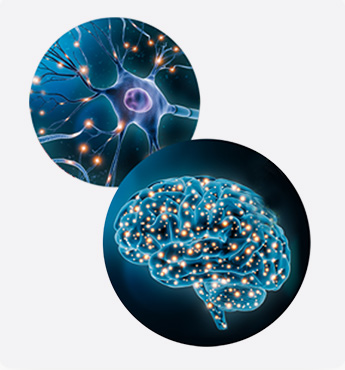Pain can be categorised as nociceptive (from tissue injury), neuropathic (from nerve injury), or nociplastic (from a sensitised nervous system), all of which affect work-up and treatment decisions at every level; however, in practice there is considerable overlap in the different types of pain mechanisms within and between patients, so many experts consider pain classification as a continuum. 1





